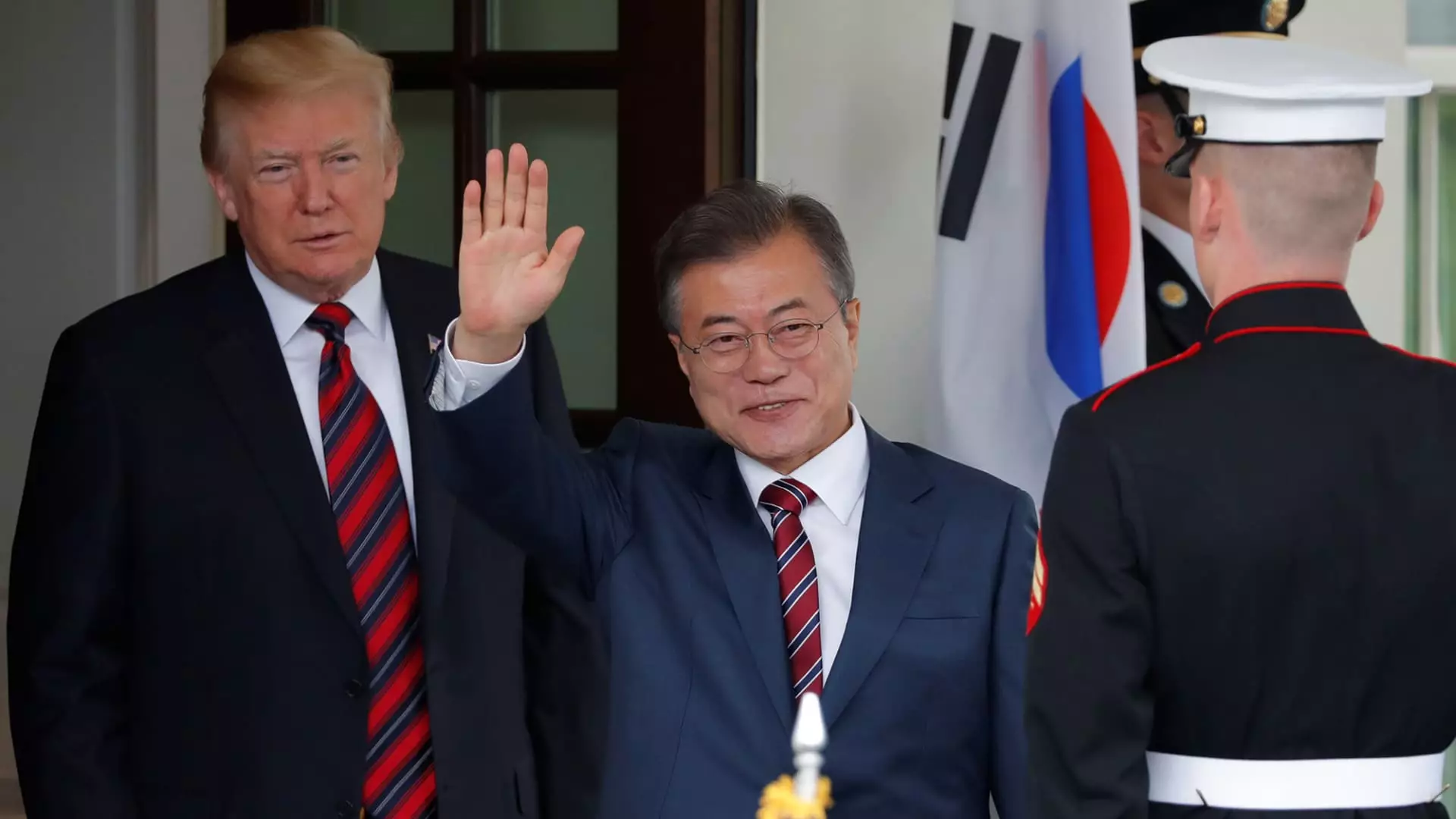The Impact of Tariffs on the Automotive Industry: A Critical Examination

As economic discussions intensify in Washington, concerns regarding the potential increase of tariffs on U.S. trading partners loom large, particularly in the automotive sector. The proposed measures by President Donald Trump may significantly affect how the auto industry operates, most notably impacting imports from South Korea and Japan. This analysis delves into the broader implications these tariffs could have on the automotive industry, both domestically and internationally.
Import Data Across Regions
Recent data highlights the importance of East Asian countries in the U.S. automotive market. South Korea and Japan combined accounted for a striking 16.8% of vehicles sold in the U.S. in the previous year, with South Korea emerging as a key player by supplying 8.6% of sales, while Japan contributed 8.2%. These figures, sourced from GlobalData, underscore their roles as major exporters—especially as they enjoy significantly lower tariffs than Trump’s threatened 25% levies on Canadian and Mexican imports. Such a stark contrast in tariffs could reshape the competitive landscape, forcing U.S. automakers like General Motors and Hyundai to rethink their export and pricing strategies.
The possibility of increased tariffs invites crucial questions regarding how automakers will react to shifting trade policies. Companies such as Toyota, Nissan, and Honda face a 2.5% tariff on their vehicles sold in the U.S., while South Korean manufacturers currently export vehicles tariff-free. In light of the evolving geopolitical atmosphere, tariffs could create financial strain, particularly for Hyundai, which has solidified its status as a leading exporter. The shifting dynamics of vehicle sales—from less than 845,000 units in 2019 to over 1.37 million in 2024 for South Korea—suggest that the country’s automotive sector is expanding, providing it with leverage in trade negotiations.
However, the benefits of such arrangements have not equally translated to the United States’ automotive exports to South Korea, showing a troubling decline of roughly 16%. This disconnect raises questions about the effectiveness of previous trade agreements and whether they can sustain a mutually beneficial exchange.
The imposition of additional tariffs could initiate a cascade of economic consequences. Primarily, automakers could pass these increased costs directly to consumers, making vehicles more expensive. This potential rise in prices could reduce consumer demand, causing a ripple effect across the industry. It could create a further challenge in a market that is already undergoing transformation; as buyers become more discerning, affordability remains a key factor in their purchase decisions.
The automotive industry has long prided itself on adapting to market demands, asserting that it could ultimately adjust to regulatory changes. However, this adaptability could only be effective to a point, especially when faced with substantial financial burdens. The complexities of the supply chain mean that sudden tariff changes could disrupt established patterns, forcing companies to make swift but strategically unsound decisions.
Local Manufacturing vs. Imports: A Balancing Act
Corporate leaders in the automotive sector have voiced apprehensions regarding how tariffs could distort the balance of competition between domestic manufacturers and overseas imports. Ford’s CEO, Jim Farley, emphasized that any tariff policy should be comprehensive and not selective, highlighting the risks of favoring certain regions while ignoring others. The reality is that imports are an integral part of the U.S. automotive supply chain. As companies like GM import various models from South Korea—often produced at lower costs—any disadvantages introduced through tariffs could endanger their market position.
The importance of free trade amidst these discussions cannot be overstated. Terence Lau, a former trade expert for Ford, articulated this sentiment by claiming that high tariffs could severely impact profitability. A single-digit tariff can be viewed as an inconvenience, but anything beyond that could significantly impair an automaker’s ability to compete effectively.
As the specter of new tariffs looms, the future of the automotive industry hangs in the balance. Strategic decisions will have to be made swiftly, but the ongoing stability and economic health of the automotive sector will depend largely on the ability of all stakeholders to navigate the evolving landscape of tariffs and trade agreements. It remains uncertain whether negotiations will yield advantageous outcomes for the industry, but one thing is clear: the complex interplay between global trade and local manufacturing will have lasting consequences for years to come. The impending discussions surrounding tariffs may well define the economic realities that shape American automotive manufacturing in the future.





